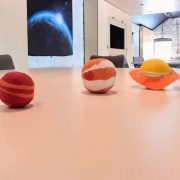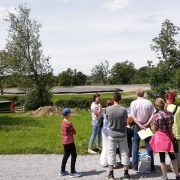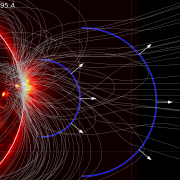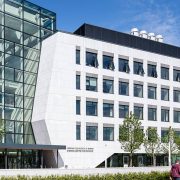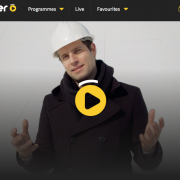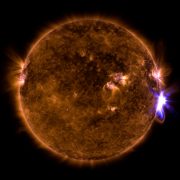Summer Internship Programme with I-LOFAR
/in blog, Education, focus_item, News /by Áine FloodWould you like to spend the summer working at a world-class radio telescope located in the beautiful historical setting of Birr Castle Demesne? Do you want a chance to improve your communication skills and learn how to talk engagingly about the subjects you are passionate about?
If so, the I-LOFAR Summer Internship is for you!
The successful candidates will be working closely with our I-LOFAR Education and Public Engagement Manager at the I-LOFAR site in Birr Castle Demesne, Co Offaly. They will assist in various aspects of the Education and Public Engagement programme, including giving guided tours, designing and facilitating workshops, creating social media and website content, and will also have the opportunity to take observations with the I-LOFAR telescope and work with the wider LOFAR research team. They will draw on their knowledge of physics, specifically astrophysics and radio astronomy, to engage with a wide range of visitors to the I-LOFAR Education Centre and through online channels.
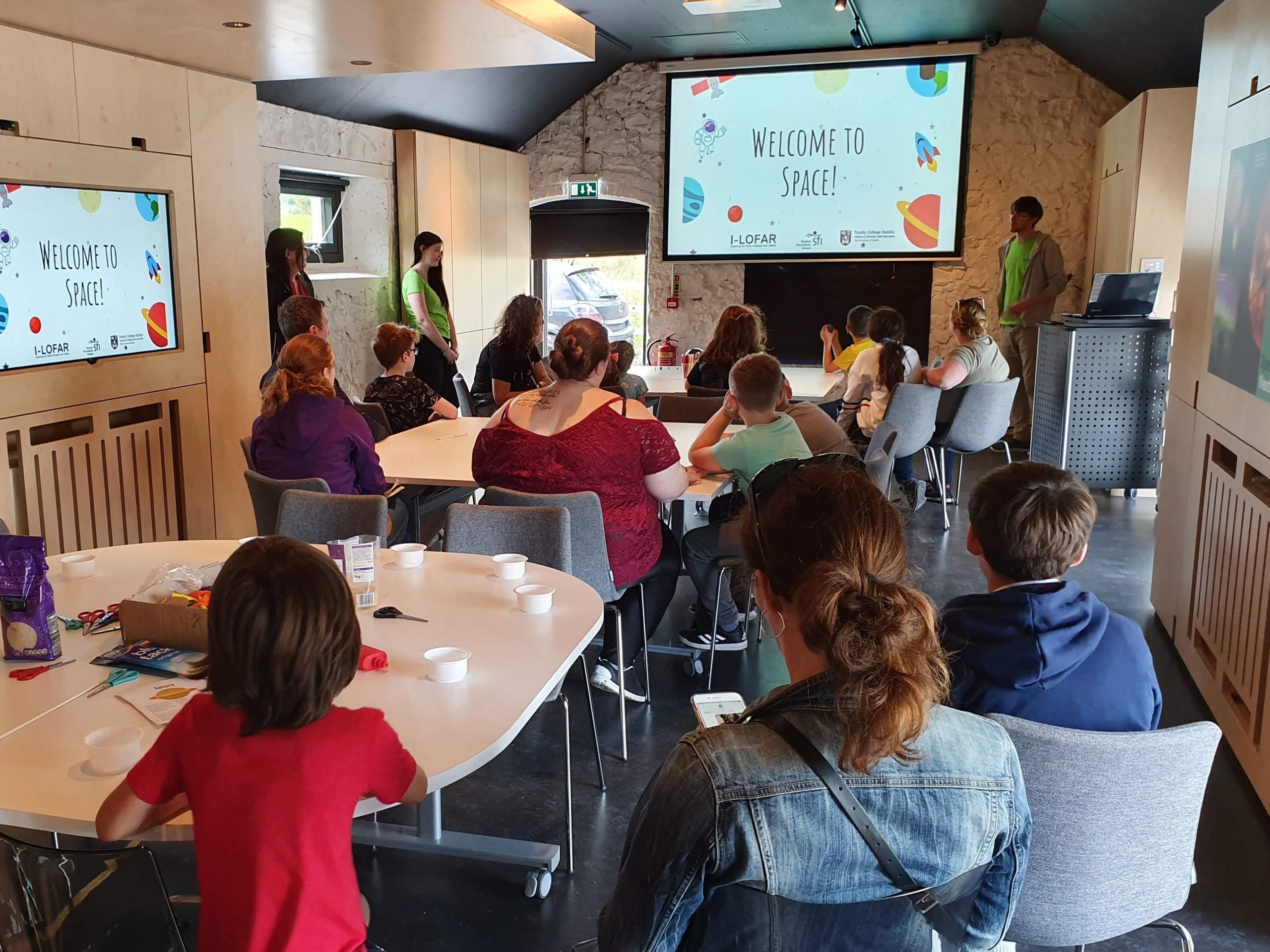
2019 I-LOFAR Summer Interns running a space workshop for children

Astronomy in Birr Tours include the Leviathan Telescope
This is a 12 week placement with Trinity College Dublin School of Physics and I-LOFAR, running from June to August 2020 (specific dates TBD), with a stipend of €300 per week.
To apply, please send your CV (max 2 pages), a cover letter, a letter of support from your degree course director confirming your registration in the degree and one letter of reference to education@lofar.ie no later than Friday 20th of March.
For any questions or queries about this role, please contact I-LOFAR Education and Public Engagement Manager Áine Flood at aine.flood@tcd.ie.
The I-LOFAR Summer Internship Programme is made possible thanks to support from the Science Foundation Ireland Discover Programme and ESERO Ireland. This is open to second and third year undergraduate students registered at Irish third level institutions. Applications will be accepted from students of physics, astrophysics and related disciplines.
NOTE: This position is based at the I-LOFAR Education Centre in Birr Castle Demesne, Birr, Co Offaly.

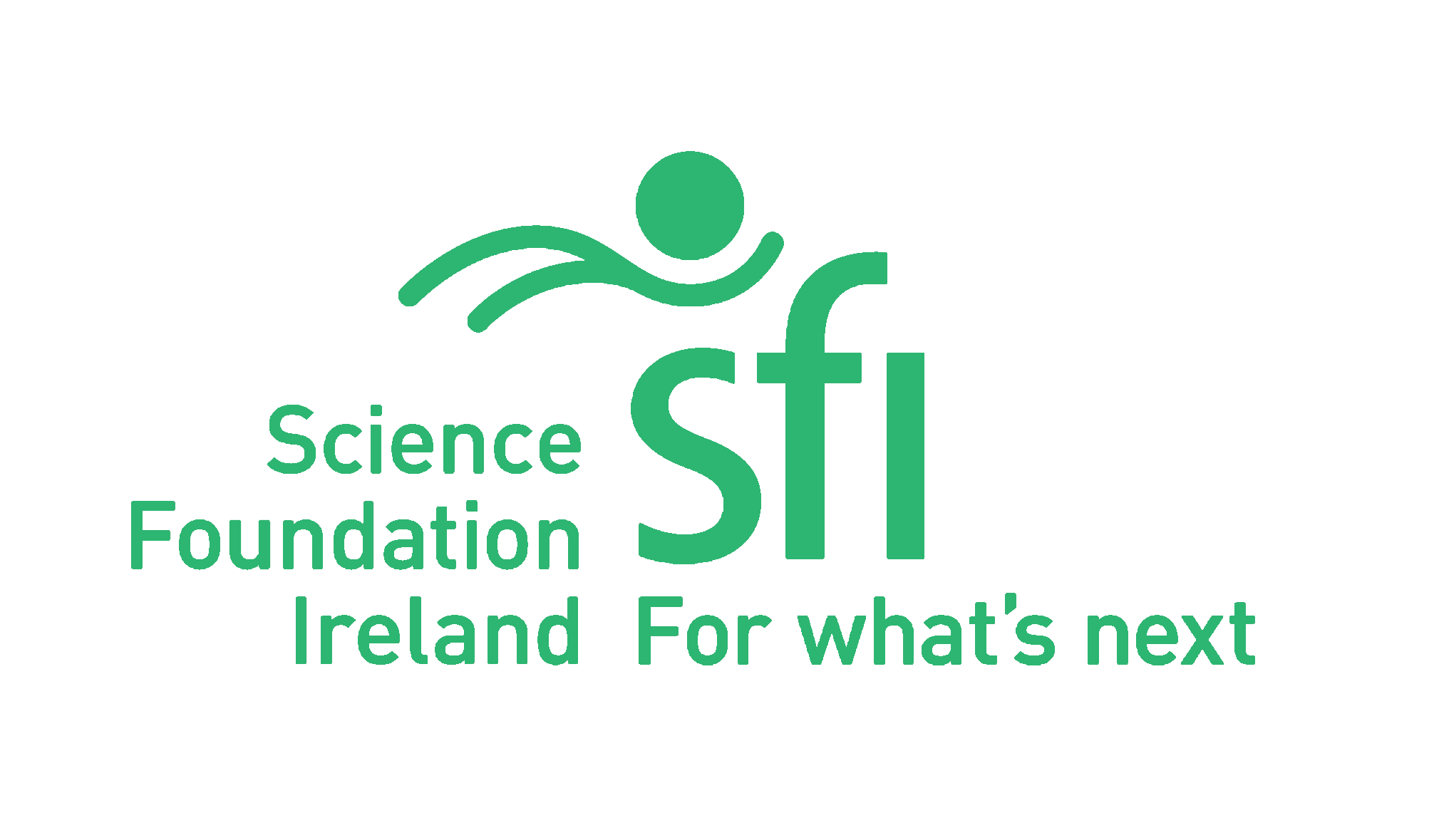
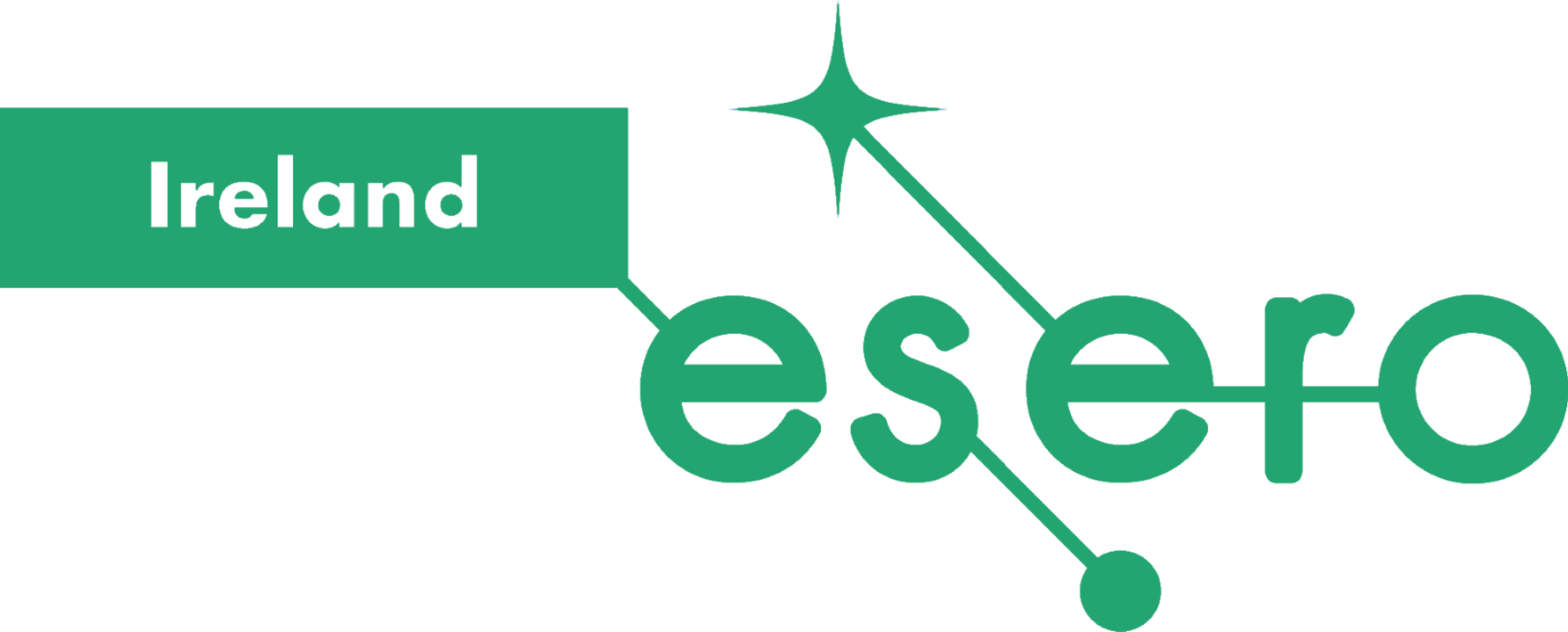
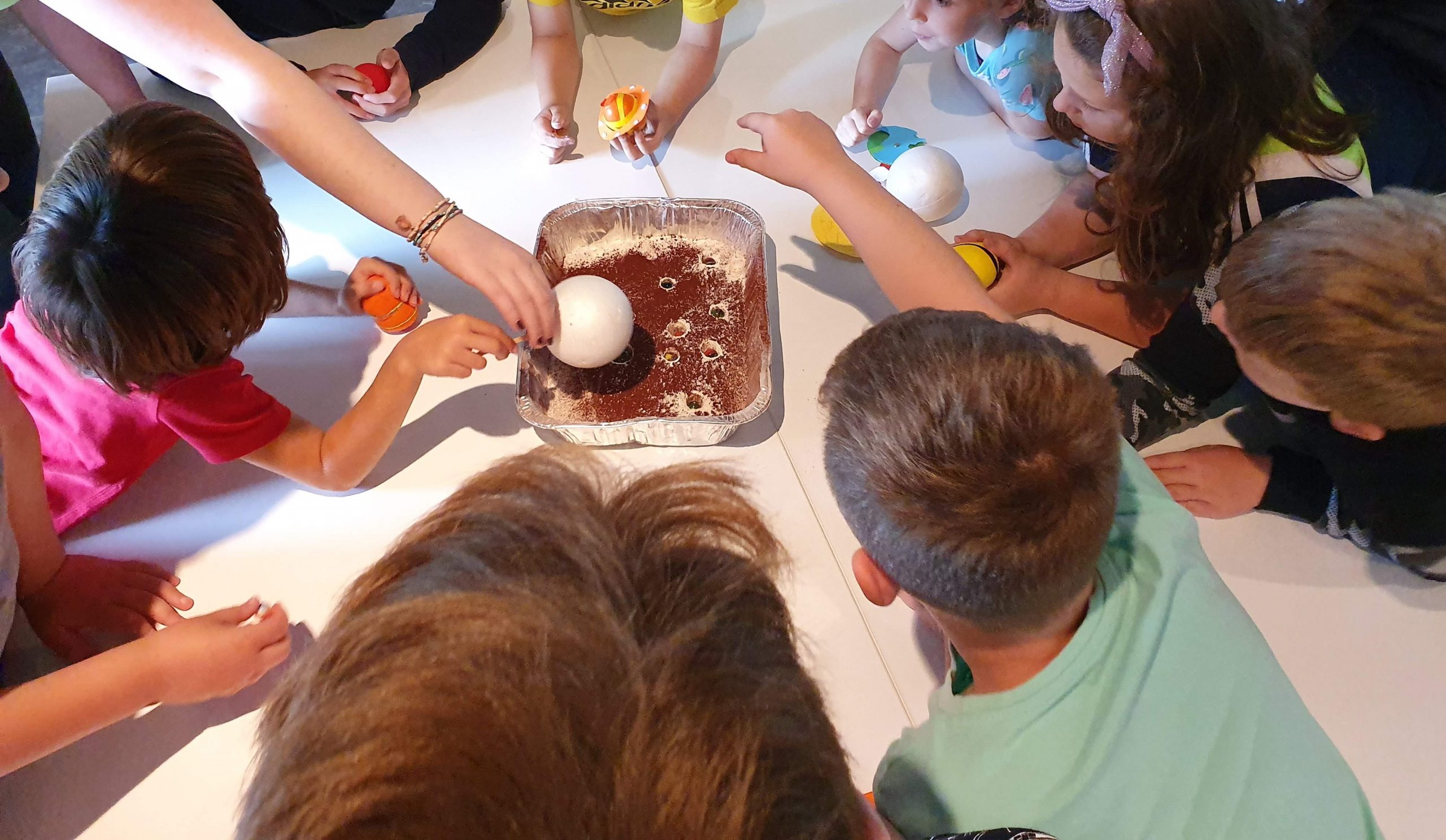
Exploring how craters are formed on the Moon
February Mid-Term Guided Tours – Astronomy in Birr
/in Education, Events, focus_item, News, Past Events /by Áine FloodThis walking tour takes you through nearly 180 years of astronomy in Birr – from the 1840s to the present day – with the two world-renowned telescopes here in Birr Castle Demesne. Explore the history of science and engineering with the Great Leviathan Telescope, and look to the future of science and radio astronomy with I-LOFAR.
Meet at the Great Telescope in Birr at 12:30 this February Mid-Term on Wednesday 19, Thursday 20 and Friday 21 February 2020.
Suitable for all levels and ages, no background knowledge needed – just bring your curiosity!

Free guided tour for all visitors to Birr Castle Demesne, tour is included in General Admission ticket price. For more information check out our February Mid-Term Tours event on Facebook.
Supported by Science Foundation Ireland and ESERO Ireland.
I-LOFAR Radio Telescope Reveals Secrets of Solar Shockwaves
/in focus_item, News /by Ciara MaguireThe Sun may appear to be a constant force in our solar system, but it’s not as sleepy as you may think. In fact, our Sun can produce giant explosions that release vasts amount of electromagnetic radiation and electrically charged particles into space. These explosions, often referred to as solar storms, can be so fierce that they produce shock waves that propagate towards the Earth. Ultimately these shockwaves can cause a variety of potentially dangerous ‘space weather’ effects including interruptions to telecommunications and power, damage to satellites, and astronauts and passengers on commercial aircraft exposed to potentially lethal doses of radiation.
A new paper published in the scientific journal Astronomy & Astrophysics by members of the I-LOFAR consortium has provided new insights into how solar storms drive shockwaves.
“On September 2, 2017, soon after the Irish LOFAR station was turned on, the Sun produced a solar storm that drove a shock wave. We used data from the NASA and NOAA spacecraft to track the shock wave as it moved through the Sun’s atmosphere, while I-LOFAR was able to detect radio bursts generated by the shock.” said Trinity College Dublin postgraduate student Ciara Maguire, the lead author on the publication.

Caption The Sun’s magnetic fields together is an ultraviolet image of the Sun from NOAA’s GOES spacecraft. The blue arcs tell us where the shock was when a radio burst was observed by I-LOFAR.
These observations enabled scientists to work out how the shock wave accelerated electrons and generated radio bursts. This gives us a detailed insight into how shock waves form and evolve over time. These shocks are a phenomenon found throughout the Universe, including in supernovae, black holes, and distant stars so understanding shocks triggered by the Sun could help to unveil more details about the physics at play.
Additional Notes
I-LOFAR is owned and operated at Birr Castle by Trinity College Dublin on behalf of the I-LOFAR Consortium, which includes Trinity College Dublin, Dublin Institute for Advanced Studies, Armagh Observatory & Planetarium, University College Dublin, University College Cork, National University of Ireland, Galway, and Athlone Institute of Technology.
I-LOFAR is funded by Science Foundation Ireland and the Department of Department of Business, Enterprise and Innovation. The I-LOFAR fibre link is sponsored by open eir.
Contacts
Ciara Maguire
Postgraduate Research Student
Trinity College Dublin & Dublin Institute for Advanced Studies
Mobile: +353 86 263 5970
Prof. Peter Gallagher
Head of Irish LOFAR Consortium
Dublin Institute for Advanced Studies & Trinity College Dublin
Mobile: +353 87 656 8975
Launch of I-LOFAR Education Centre & AstroLands Education Programme
/in focus_item, News /by Peter GallagherTrinity College Dublin, Birr Scientific & Heritage Foundation, and Offaly County Council announce the opening of the I-LOFAR Education Centre and launch of the Astronomical Midlands Schools and Public Engagement Programme, with very special guest Professor Dame Jocelyn Bell Burnell, on Thursday the 30thof May.
Astronomical Midlands, which has been funded by Science Foundation Ireland, uses the recently refurbished I-LOFAR Education Centre at Birr Castle to connect with students, teachers and members of the public in rural communities in the Midlands. The refurbishment of the Education Centre has been supported by the Department of Culture, Heritage & the Gaeltacht and Offaly County Council.
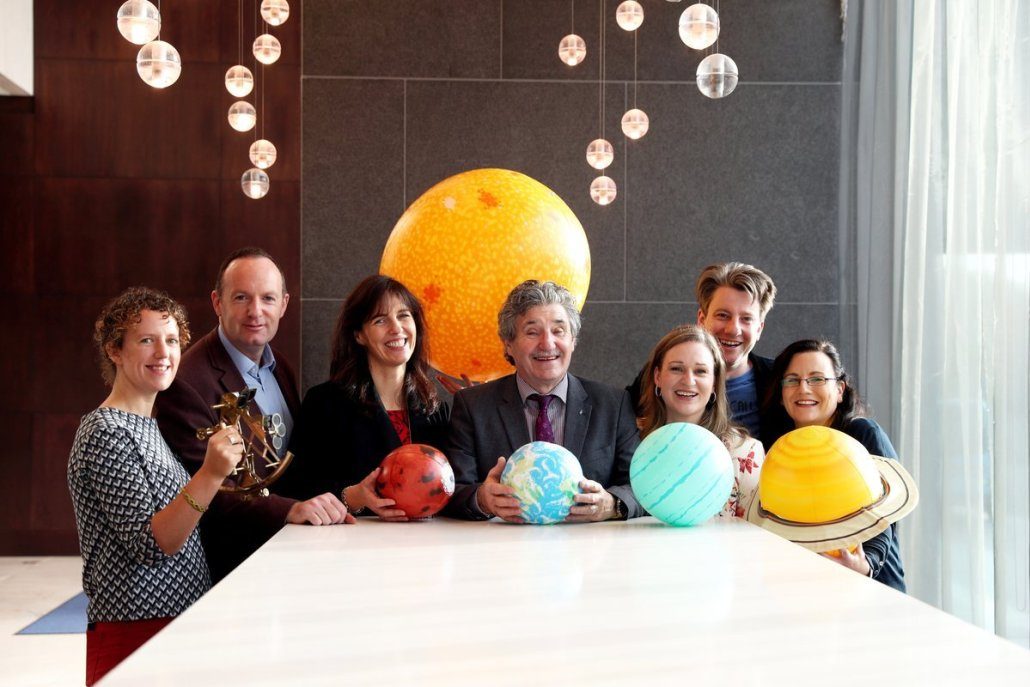
Áine Flood and Peter Gallagher from the I-LOFAR project together with Margie McCarthy (SFI) and Minister John Halligan.
Speaking about the event, Head of I-LOFAR, Professor Peter Gallagher says:
“Astronomical Midlands or AstroLands for short, will open new conversations with groups that have had little involvement with STEM using this unique new facility at Birr. This is a wonderful opportunity to carry forward the rich scientific heritage of Birr, allowing people in the Midlands to discover opportunities for further education and careers in STEM and inspire the next generation of scientific explorers.”
Funded by Science Foundation Ireland’s Discover Programme and the European Space Education Resource Office (ESERO), Astronomical Midlands will embark on three key initiatives:
- Space4Exploration: Create an engaging, inspirational and multi-use space in the I-LOFAR Education Centre.
- Space4Students: Launch day-long and week-long space camps at the Education Centre that run during school term and school holidays for students aged 10 to 14.
- Space4Teachers: Create CPD workshops for upper primary and lower secondary school teachers based around the National Junior Certificate themes of Earth and Space.

Secondary school students learning about astronomy at the I-LOFAR Education Centre.
The Irish LOFAR Consortium is proud to continue the rich heritage in astronomy at Birr Castle, taking Irish astrophysics from its pioneering days in the 18th century to the current state-of-the-art in the 21st century. The I-LOFAR Education Centre will complement the existing Science Visitor Centre at Birr Castle, which tells the story of past Irish achievements in science. The I-LOFAR Education Centre will provide an inspirational location for education workshops, and community-based STEM projects, such as CoderDojo. It will be equipped with a 3D video globe, a large video wall, numerous interactive flat screen displays, and a LOFAR radio telescope network activity wall.
The I-LOFAR Education Centre is being developed in partnership with Offaly County Council and has been supported by a grant from Department of Arts, Heritage, Regional, Rural and Gaeltacht Affairs’s Rural Economic Development Zones (REDZ).
Notes for editors
- Professor Peter Gallagher is available for interview (peter.gallagher@dias.ie ; +353 87 656 8975).
- Dependent on schedule, the inspirational Professor Dame Jocelyn Bell Burnell, who co-discovered the first radio pulsars in 1967, may be available for interview. In 2018, she was awarded the Special Breakthrough Prize in Fundamental Physics. She donated the whole of the £2.3 million prize money to help female, minority, and refugee students become physics researchers.
- The I-LOFAR radio telescope was primarily funded by Science Foundation Ireland, while membership of the International LOFAR Telescope is supported by the Department of Business, Enterprise and Innovation.
For further information please contact:
Niamh O’Carroll, niamh@ocarrollconsulting.comor, +353 87 6286171
First Pulsar Light with I-LOFAR!
/in focus_item, News /by Peter GallagherPulsars are rotating neutron stars that beam radiation into space like rapidly rotating lighthouses. Last week a team of scientists from Ireland and the UK used I-LOFAR and a new Dell-EMC cluster called the “REALtime Transient Acquisition Cluster (REALTA)” to observe our first pulsar, B0950+08.
The plot below shows the first thirty seconds of an observation of pulsar with the I-LOFAR station at Birr, Co. Offaly. Signals that travel through the interstellar medium are delayed in a frequency-dependent way as they travel to Earth – the greater the distance the greater the delay. Here we recorded data from the direction of this pulsar and compensated for a range of different delays.

First pulsar light with I-LOFAR! Pulses detected every ~253.0638 milliseconds.
This is the first pulsar to be detected with I-LOFAR and marks the beginning of pulsar observing at the site. When fully up and running it should be capable of monitoring a hundred or so pulsars regularly.
Pulsar pulses act like the ticks of very precise clocks spread throughout the Milky Way. By monitoring these clocks one can study effects of gravity, high-density neutron star physics, the composition and structure of the Milky Way and much more besides.
These exciting investigations into fundamental questions of physics will be pursued from the I-LOFAR station, situated in the grounds of Birr Castle, and the performance is expected to improve. I-LOFAR’s sensitivity is best straight up and falls off towards the horizon, and this pulsar only ever gets as high as 45 degrees above the horizon. So the sensitivity in this direction is half the maximum, and for this first observation only one quarter of the available bandwidth was used reducing the sensitivity in half again. This is only the tip of the iceberg!
The observations were obtained by a team including Evan Keane (Square Kilometre Array/Jodrell Bank), Joe McCauley, Peter Gallagher, Pearse Murphy and Brian Coghlan (TCD), Griffin Foster (Oxford/Berkeley/Breakthough), Paul Callanan and Luke Timmons (UCC), and Matt Redman and Nevenoe Guegan (NUIG).
I-LOFAR and REALTA are supported by research infrastructure grants from Science Foundation Ireland. REALTA is owned by UCC and NUIG and hosted at TCD’s Rosse Observatory.
Introduction to Science, Operations and Data Analysis with an International LOFAR Station
/in focus_item, News /by Peter GallagherSchool of Physics, University College Dublin, Belfield, Dublin 4, Ireland.
January 8-10, 2018
Summary
This workshop will introduce researchers to LOFAR single-station science, operations and data analysis. The workshop will cover many aspects of an International LOFAR Station, from the capabilities of the station hardware to the software pipelines and science products that it produces.
Hands-on lab sessions will give attendees an opportunity to gain experience with data from an international LOFAR station. Students, postdocs, and staff are all encouraged to attend.
This workshop is supported by the Institute of Physics in Ireland.
Registration
If you would like to attend, please email John Quinn (UCD Physics). Please note that a registration fee of €50 will be payable at the meeting.
Software
All tutorials will be given using the Python programming language (Python v3.6 and v2.7). We recommend that you run Python using Jupiter and/or Spyder, which can be installed using Anaconda. Further details on how to install these packages can be found here. An excellent introduction to Python for the analysis of astronomical data can be found at Python4Astronomers.
Internet Access
Wifi access will be provided via eduroam. Please ensure that you have registered for eduroam by contacting your IT services at your home institution before arriving in UCD.
Exercises
- Exercise 1: Subband Statistics Tutorial [McKay].
- Exercise 2: Beamlet Statistics / Type II Tutorial [McCauley & Carley]. Download Zip file.
- Exercise 3: Pulsar Timing [Griessmeier].
- Exercise 4: All-sky Imaging [Foster]. Note, this requires Python 2.7.
Schedule
- Day 1 (Jan 8): LOFAR hardware and observing capabilities
10:00 – 10:30 Arrival and coffee
10:30 – 10:45 Welcome and workshop goals [Quinn/Gallagher]
10:45 – 11:30 Overview of I-LOFAR [McCauley]
11:30 – 12:15 International LOFAR Station Hardware [McKay]
12:30 – 14:00 Lunch
14:00 – 14:45 Science with an International LOFAR Station [Greissmeier]
14:45 – 15:30 Observing with an International LOFAR Station [Bourke]
15:30 – 16:00 Coffee
16:00 – 16:45 LOFAR Station Transient Search Backends [Foster]
16:45 – 17:30 Overview of ILT [Zucca]
19:00 Dinner at the RaddissonBlue Stillorgan.
- Day 2 (Jan 9): Single station data analysis
09:00 – 10:00 Introduction to Single Station Data Analysis [McKay, Griessmeier, McCauley, Carley]
10:00 – 10:30 Distribution of sample data (dynamic spectra, all-sky maps, etc) and software set up
10:30 – 11:00 Coffee
11:00 – 12:30 Data analysis talks/tutorials
12:30 – 14:00 Lunch
14:00 – 15:30 Data analysis lab
15:30 – 16:00 Coffee
16:00 – 18:00 Data analysis lab
- Day 3 (Jan 10): Single station data analysis
09:00 – 13:00 Data analysis lab
Workshop Venue
The workshop will be held at University College Dublin (UCD), which is located about 4km south of Dublin city centre.
The meeting venue will be room 2.32 in the School of Physics (Science Centre North, Building 65). Here is a Google map with the meeting venue.
Accommodation
- Talbot Hotel Stillorgan. Located about 2.5km south of UCD, but has a free shuttle bus service to UCD.
- RadissonBlu St. Helens Hotel. Located 1.8km from UCD meeting venue.
- Mespil Hotel. Located close to the city centre but UCD easily reachable on Dublin bus route 39a.
Getting to UCD

Watch the LOFAR TV documentary “13 Billion Light Years From Birr”
/in focus_item, News /by Peter GallagherWe’re delighted to announce that the documentary on LOFAR is now available on the RTE Player and the RTE Player International. This is a documentary where great feats of engineering meet space exploration, where Irish ingenuity from the past meets Irish innovation for the future, to produce a cutting-edge technological adventure film set in rural Ireland. “13,000,000,000 Light Years from Birr” shows how the Irish now unlock some of the universe’s most important secrets.
13 Billion Light Years From Birr follows the construction of the I-LOFAR telescope on the grounds of Birr Castle, which, once completed, will be the most westerly part of a network stretching from Ireland to the town of Bałdy, in eastern Poland, composed of six partner countries and 50 antenna stations spread across the continent.
The network the Irish telescope is now joining will be able to research the origin of the first galaxies, black holes and gas clouds seen at the birth of our universe when the first stars formed – an era beyond the reach of even the biggest optical telescopes. It also opens up the possibility that if there is anybody out there, the first messages may be picked up on an antenna in County Offaly.
Featuring contributions from a stellar cast of Irish and International world of Astronomy.
Dame Jocelyn Bell Burnell – Discoverer of Pulsars, Oxford, UK
Professor George Miley – One of the inventors of LOFAR, Leiden, Netherlands
Professor Peter Gallagher – Head of I-LOFAR, Trinity College Dublin, Ireland
Professor Mike Garrett – SETI, Jodrell Bank, UK
Professor Anna Scaife – Radio Astronomer, Jodrell Bank, UK
The one hour documentary is made by Midas Productions, and funded by RTÉ and the BAI through the Sound and Vision scheme.
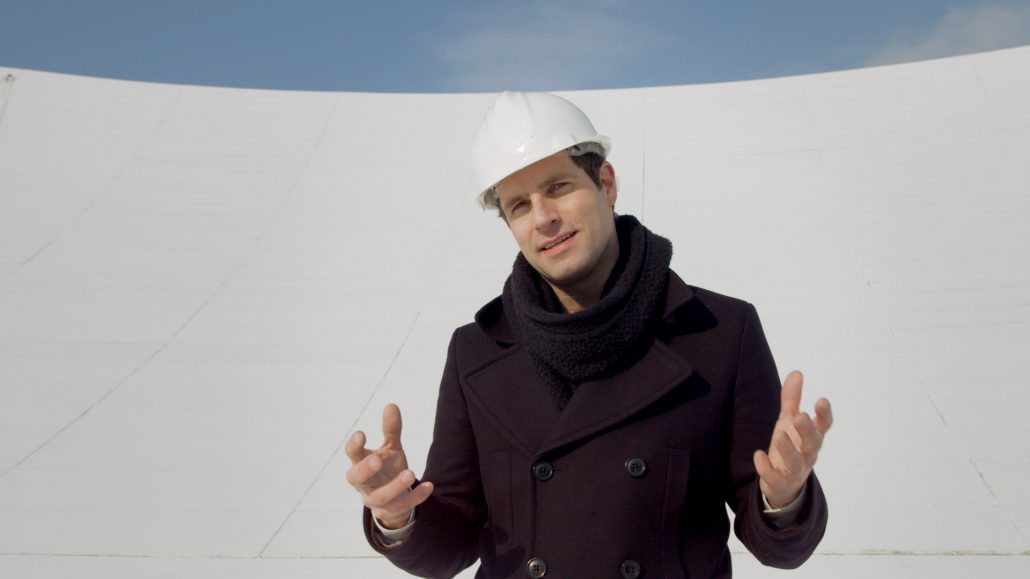
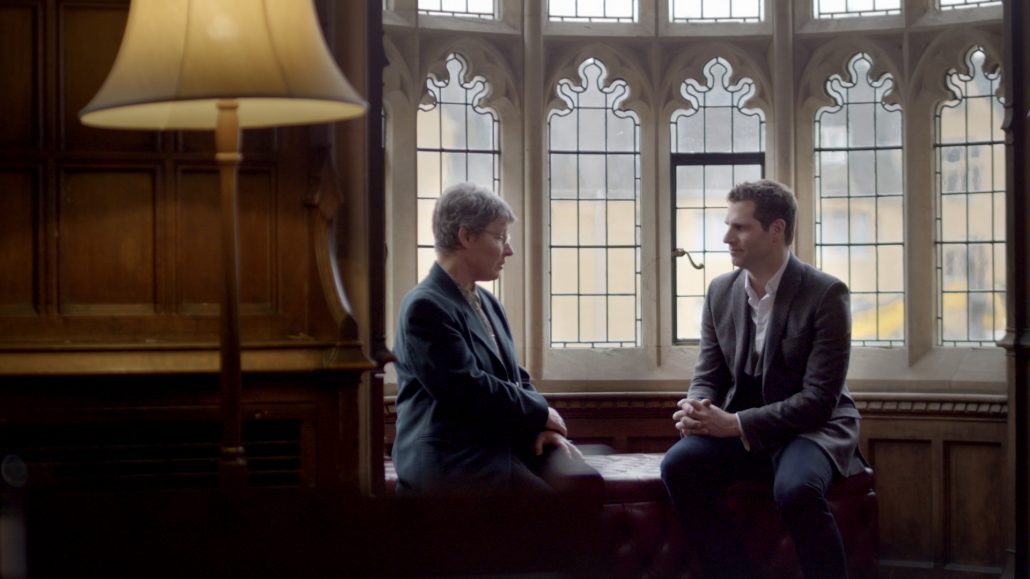
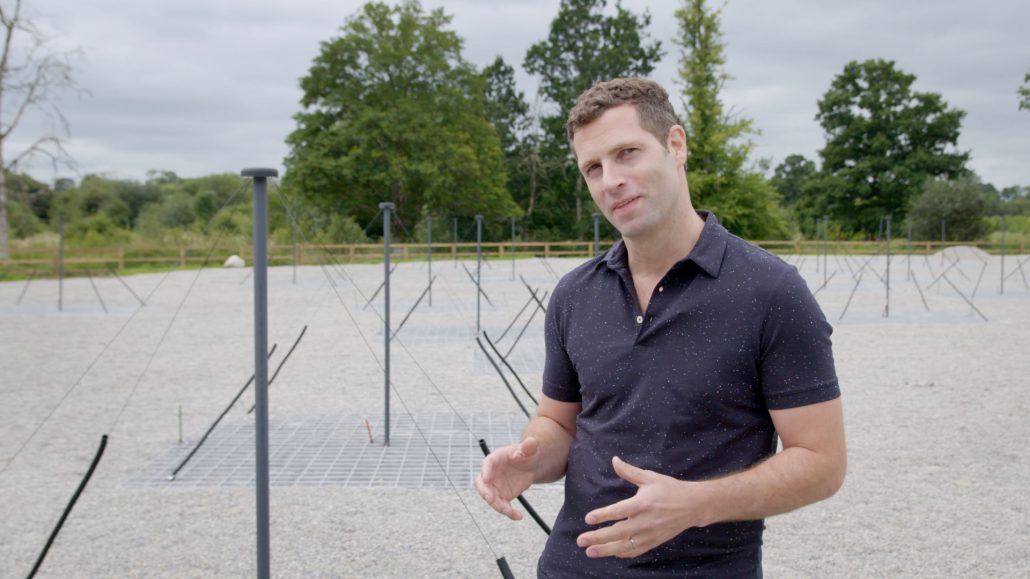
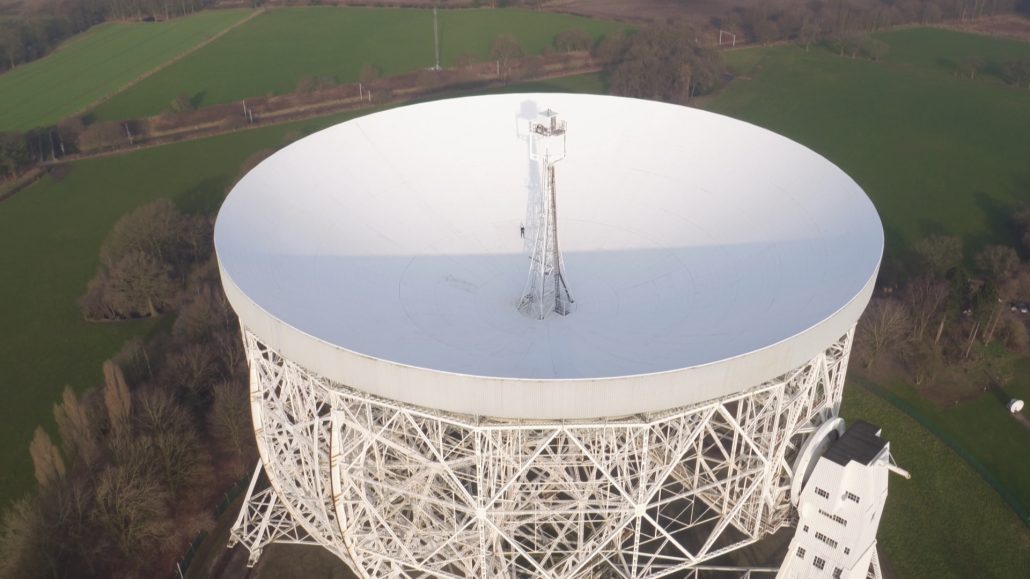
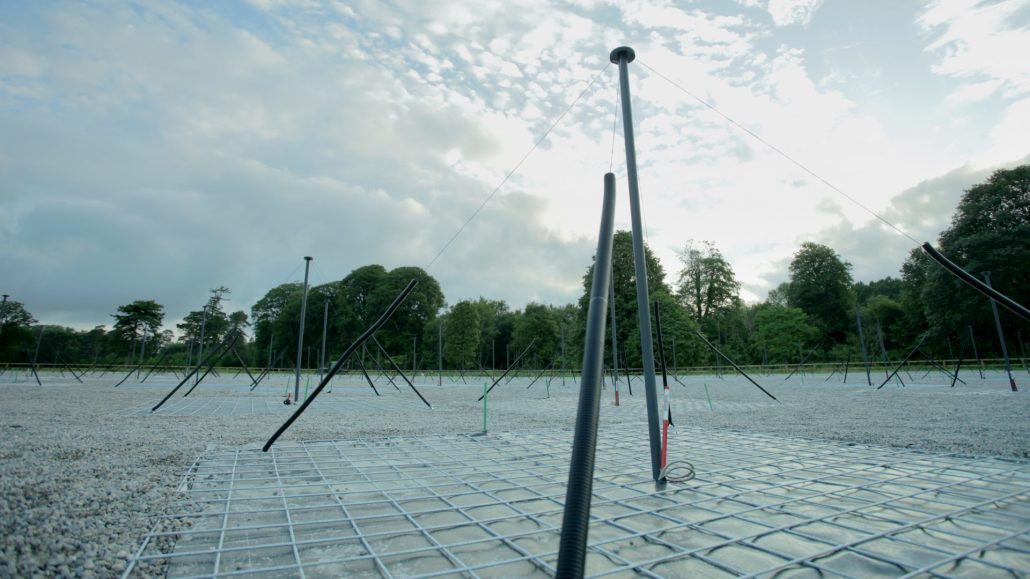
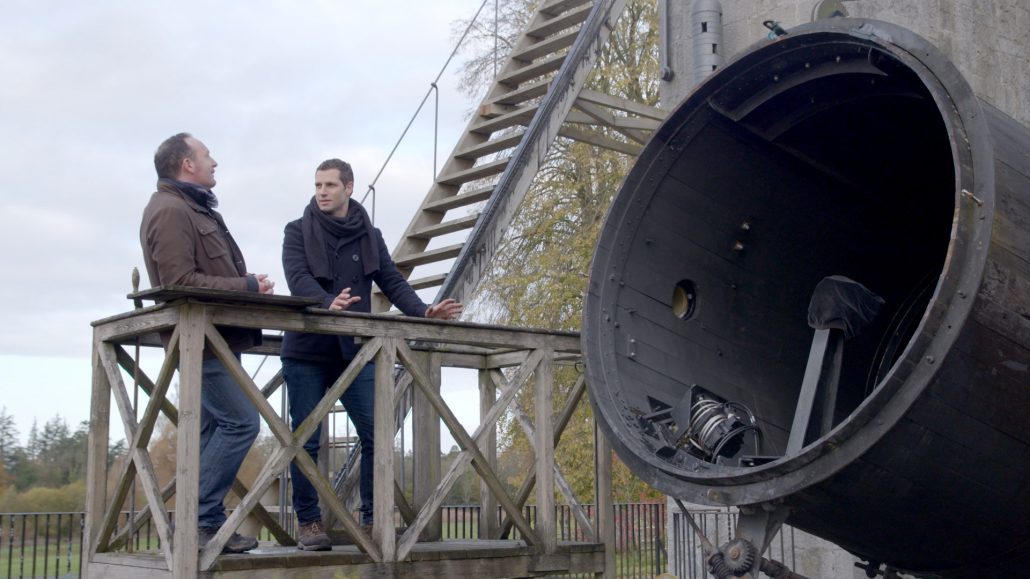
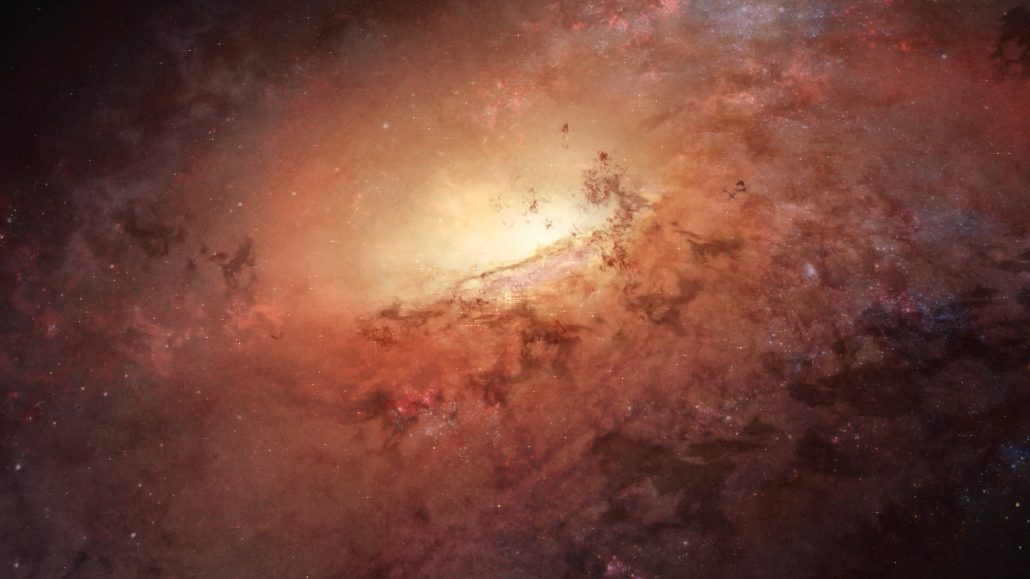



New radio telescope in Birr detects huge solar storms
/in focus_item, News /by Peter GallagherDublin, Thursday September 13th, 2017 – The past two weeks have been nothing but stormy for the Sun, and the recently installed LOFAR radio telescope in Birr has been key to helping scientists keep an eye on weather conditions on our stormy stellar neighbour and to forecasting its effects here on Earth.
On September 3, 2017 a huge group of sunspots, many times the size of the Earth, appeared on the surface of the Sun, and have been producing solar storms and spectacular displays of northern lights ever since.
“This sunspot group has unleashed one of the the largest flares in over a decade and one of the biggest in the last 40 years”, according to Professor Peter Gallagher, a solar physicist in the School of Physics at Trinity, “And we detected another whopping solar storm last Sunday, which was moving at about 3,000 km/s and arrived at Earth last night [September 12].”
Solar flares are huge bursts of radiation that can release energies equivalent to billions of hydrogen bombs in several minutes and can be associated with ejections of hot clouds of gas into space at millions of kilometers per hour. While solar storms can produce beautiful displays of the northern lights, they can also cause problems in the communication and navigation systems that we use as part of our every-day lives.
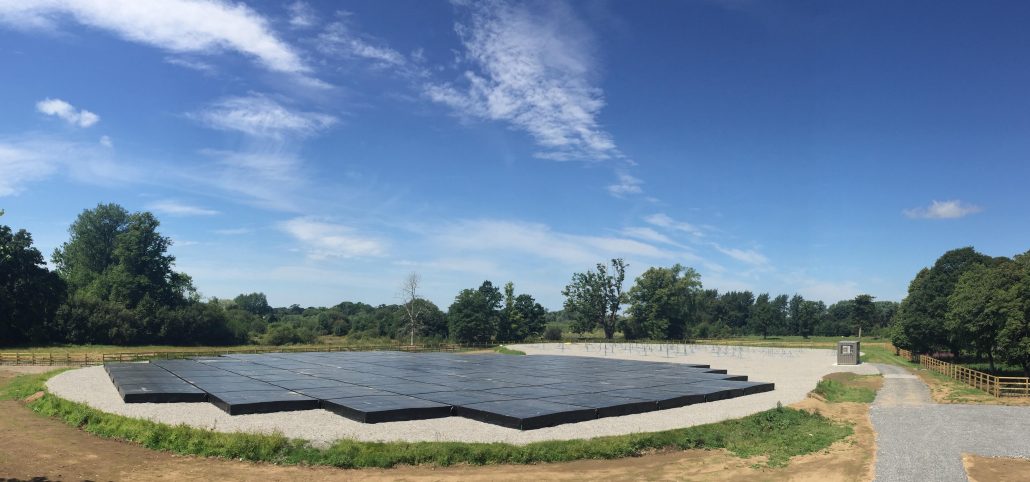
The Irish LOFAR radio telescope at Birr Castle which is being used by scientists to monitor solar storms and their effects on Earth. Credit: Peter Gallagher (TCD).
“The recent solar storms have reportedly caused problems with radio communications systems used by first responders dealing with the fall-out of Hurricane Irma in the US.” says Prof. Gallagher. “We have been using our instruments at Birr Castle to monitor this activity and its effects on the Earth’s upper atmosphere and magnetic field.”
Key to monitoring this increased solar activity has been the recently installed Irish Low Frequency Array (I-LOFAR) radio telescope at Birr, Co. Offaly.
Research Fellow at Trinity, Dr Diana Morosan, said: “I-LOFAR uses hundreds of sensitive antennae to detect bursts of radio waves from solar flares and solar storms. I-LOFAR is enabling us to observe the Sun with greater accuracy than ever before and therefore to better understand its effects on our planet and on the technologies we depend on every day.”
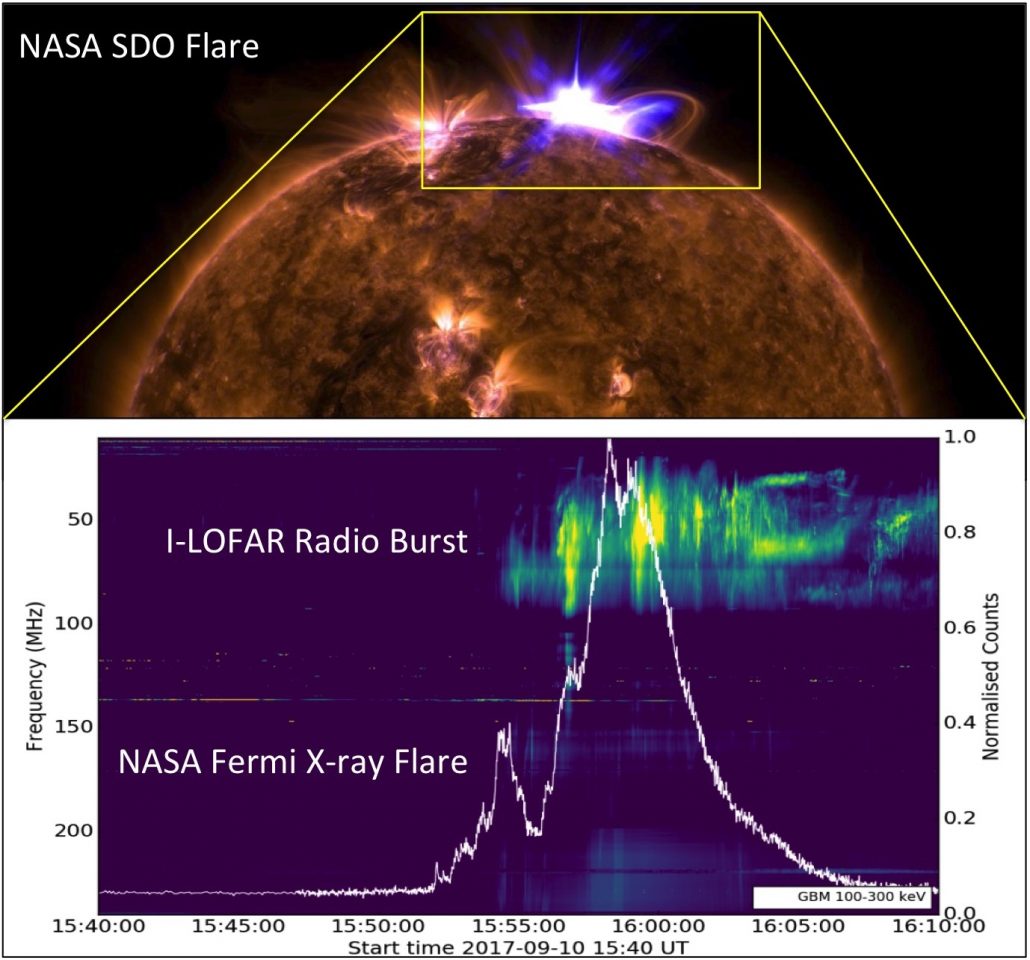
The top image shows a NASA Solar Dynamics Observatory (SDO) image of the September 10, 2017 X8.3 flare. A burst of radio waves associated with the flare was observed by I-LOFAR at Birr Castle, while NASA’s Fermi Gamma-Ray Telescope detected a bright flash of high energy X-rays. Credit: Laura Hayes & Peter Gallagher (TCD).
But these are early days for I-LOFAR operations, and as the team learns how to operate the array on its own and as part of the International LOFAR Telescope, we are expecting many new astronomical discoveries from Birr, Co. Offaly.
About I-LOFAR: The Irish LOFAR Telescope is an array of antennas that observes astronomical objects at 10-90 and 110-240 MHz. The I-LOFAR Consortium includes TCD, Armagh, UCD, NUIG, UCC, DCU, DIAS and AIT. I-LOFAR has been supported by Science Foundation Ireland and the Department of Business, Enterprise and Innovation and was formally switched on by the Minister of State for Training, Skills, Innovation, Research and Development, John Halligan T.D on July 27, 2017. I-LOFAR’s fibre link is sponsored by open eir. Further information on I-LOFAR can be found at www.lofar.ie.
Media Contact: Professor Peter Gallagher, peter.gallagher@tcd.ie, +353 87 656 8975.

